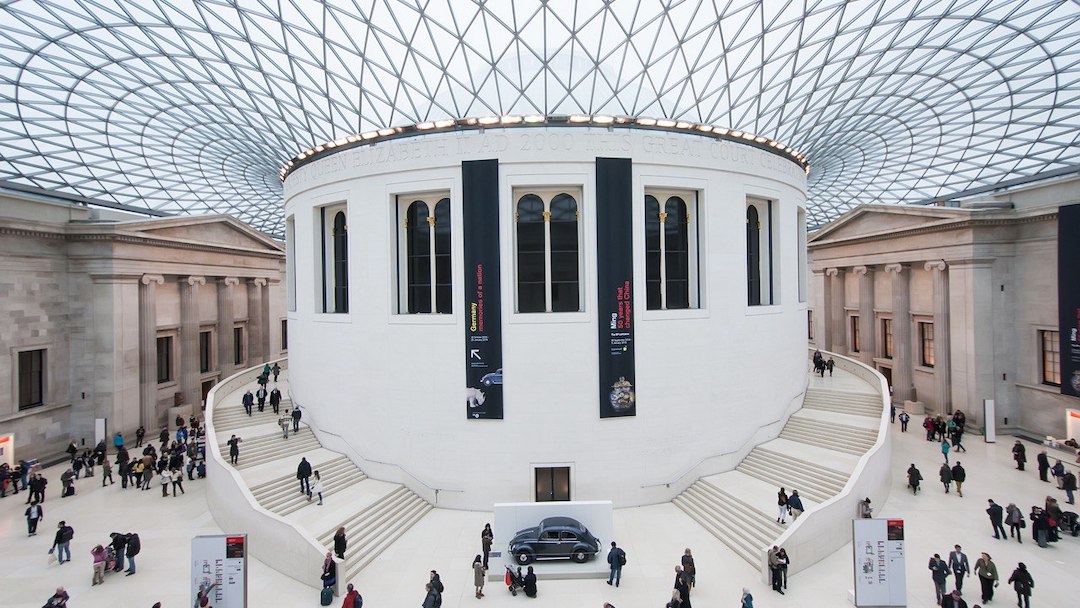
Photo 47746141© Adinabulina | Dreamstime.com
The British Museum has embarked on a new project: digitizing its entire permanent collection. This sweeping initiative, encompassing over eight million items, has been launched with the twin objectives of bolstering security and facilitating public access.
This decision was spurred by a regrettable incident earlier this summer involving the theft of thousands of historical pieces and artifacts from the museum’s holdings by a senior curator over the years. Since the robbery, it has also published a website to track the stolen items’ recovery.
The colossal endeavor encompasses the meticulous documentation and upload of more than 2.4 million records, an undertaking expected to span over five years. The British Museum has allocated US$12.1 million to finance this extensive digitization project.
The project intends to secure financing through private investments, seeking to minimize the reliance on taxpayers or government funds.
The goal extends beyond improving security measures; it’s also a strategic response to the recent thefts. By enabling better understanding and utilization of the digital repository, the identification of missing items may be expedited. Since the robbery, the museum has also published a website to track the stolen items’ recovery.
Moreover, this initiative addresses repatriation requests, a matter of long-standing contention within the art world. Museum board chairperson George Osborne told the UK Parliament’s Culture, Media and Sports Committee that the digitizing efforts will also ward off calls for repatriation by developing a “pretty good website” that allows the public to view the artifacts “even if you cannot visit.”
It’s also important to mention that before this extensive undertaking, half of the museum’s collection had already been digitized through a project initiated in 2020. This has resulted in over 1.9 million images now available through the Creative Commons 4.0 license.
The ongoing COVID-19 pandemic has prompted many cultural institutions to expedite their digitization efforts as a precaution against potential external threats to their collections.
While digitization is encouraged as a strategy to protect valuable items from external elements and enhance access for researchers, it’s a colossal endeavor on a global scale. According to Engadget, Science has estimated that achieving comprehensive digitization for most museums worldwide will span decades and require a substantial investment of approximately US$500 million.
[via Engadget and Artnet News, Photo 47746141© Adinabulina | Dreamstime.com]


Recent Comments